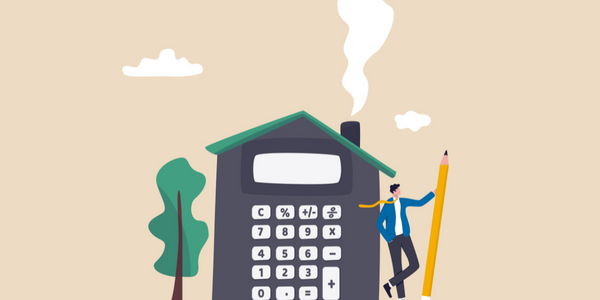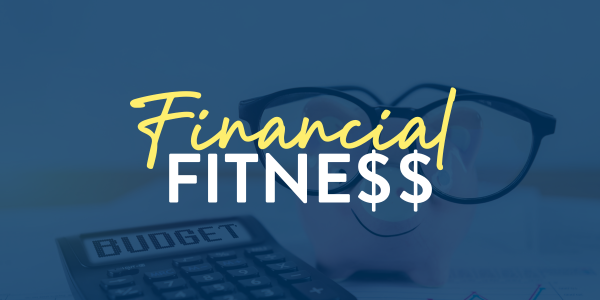
Most people understand that owning real estate can be a great investment. What they may not realize is that this investment can begin to pay off while you still own the home!

A recent report shows that in the first quarter of 2024, the average U.S. homeowner gained approximately $28,000 in equity during the previous year. Areas including California ($64,000), Massachusetts ($61,000), and New Jersey ($59,000) posted the largest average national equity gains.
If you’ve owned your home for several years, you could be sitting on a pile of money. You can either keep sitting on it and let it grow, or you can access it and make it work for you in other ways.
A cash-out refinance is a great way to access the equity you have in your home. As the name suggests, it provides cash you can use for anything you like while leaving your bank accounts and investment vehicles intact.
These are some of the most common reasons people decide to take cash out of their homes:
- To pay off high interest debt
- To pay for a large expense like college tuition
- To use for home improvements and renovations
- To use as a down payment on another property or for an investment
Why do people use their home equity like this? Because mortgage refinance rates are typically significantly lower than interest rates for credit cards and personal loans. This makes your home equity a great resource for funding life events.
The best part is that you can still watch your home appreciate as you live in it—but now you’re doing so with more cash on hand! Here’s a little more about this strategy to help you determine whether a cash-out refi is right for you.
How Does Cash-Out Refinancing Work?
A cash-out refinance is when you borrow more money than your original loan, taking out a larger mortgage at a new loan amount. The lump sum difference is cash you will receive back.
This is different from a rate and term refinance that lets you refinance only the amount you owe on your existing mortgage plus fees. You would typically use a rate and term refinance to lower their interest rate and monthly payment or change their loan term.
How Do I Pull Equity from My Home?
Borrowers typically need to have at least 20% to 25% equity built up in their homes to use this type of mortgage loan. Most lenders will allow you to pull a maximum of 80% of your home’s value for a cash-out refinance.
The exception is if you have a VA loan. With VA loans, you can do a cash-out refinance up to the full value of your home. Your lender will determine that value by asking for another appraisal when you apply.
What Are the Requirements to Qualify for a Cash-Out Refi?
As with the maximum amount you can cash out, lenders also have credit score and qualifying requirements. Conventional loans prefer a credit score of 620 or above, and a debt-to-income ratio of less than 50% is ideal. But there are flexible options out there.
In cases where a borrower needs to pay off debt to qualify for the refinance, lenders may require that the debt be paid through the refinance rather than the borrower receiving cash back.
Can I Refinance Without Closing Costs?
As with any other home loan, you do pay closing costs for a cash-out refinance. This will typically equate to about 2% to 5% of the mortgage. There are no-closing-cost refinances available through many lenders, but that doesn’t mean these fees simply vanish. Instead, they’re either rolled into the principal and increase the amount you owe on your mortgage or they’re recouped through a higher interest rate.
You should determine whether this is right for you or whether you’re better off paying the fees out of the proceeds of the loan. Chat with your APM Loan Advisor for advice.
Cash-Out Refinance vs. Home Equity Line of Credit
A home equity line of credit (HELOC) and home equity loan (HEL) are both different from a traditional cash-out refinance. Both are second mortgages that go behind your original mortgage.
While a home equity loan does offer a fixed rate, it is typically much higher than first mortgage rates. A HELOC is a variable-rate mortgage that adjusts with the market. So you have to be prepared for rate and payment increases if you take out a HELOC.
In general, rates on home equity loans and lines of credit are higher than those tied to a cash-out refinance in first lien position. Home equity products can be great for lower-budget projects or investments, or when you don’t need the money right away. The pay-as-you-go feature tied to the HELOC is handy for people who want a funding vehicle for the future.
To learn more about the home equity products offered by APM and how they work, click here.
Other Considerations with a Cash-Out Refinance
One thing to consider when deciding if a cash-out refinance is right for you is what you plan to do with the cash. Though it’s yours to use for whatever you like, it does have to be paid back with interest. You should weigh the pros and cons of tapping your home equity for the purpose you have in mind.
Many people use cash-out refinances for debt consolidation or to fund home renovations, upgrades, or repairs. Others want to pay down high-interest debt or have cash on hand in case of an emergency. A cash-out refinance is a popular solution because the interest rate is typically better than the rate you can obtain with most other loans or credit cards.
Making the Decision
One last thing to keep in mind with a cash-out refinance: You want to make sure the benefit to you is there. A once-in-a-lifetime trip with your aging parents to visit their homeland may absolutely be worth it. A spontaneous desire to hang out in Fiji for a month, maybe not so much.
Remember that a home is a long-term asset. If you find yourself considering a cash-out refinance to pay down credit card bills, then you might want to consider financial counseling and a budget as well. You don’t want to leverage a long-term asset for a short-term gain if you don’t have a solid plan in place.
That said, your home is one of your biggest assets. With the right plan, it can help you stay financially sound and create long-term wealth.
Local APM Loan Advisors are here and ready to help. We can review your unique financial situation, share cost analysis and payment breakdowns, and help you understand the total savings tied to a cash-out refinance or home equity product. Then you can weigh the benefits of all your options together.
*Refinancing may result in finance charges that may be higher over the life of the loan. Consult with your loan advisor for details.







